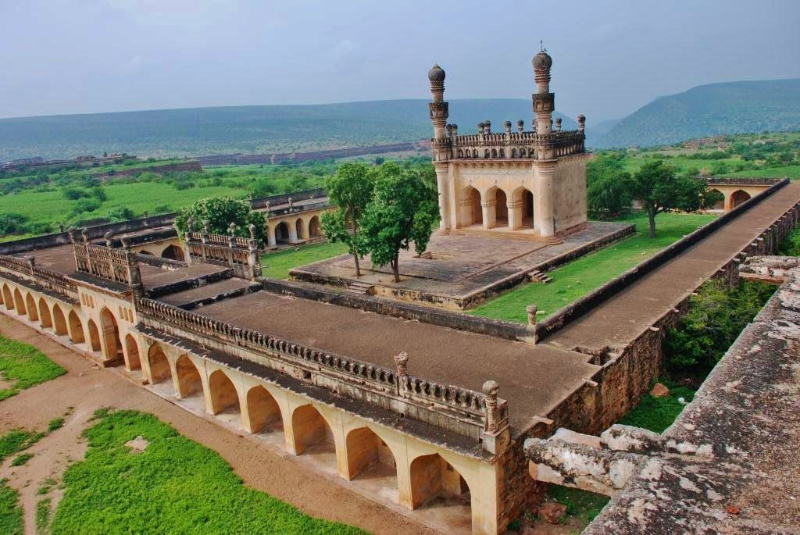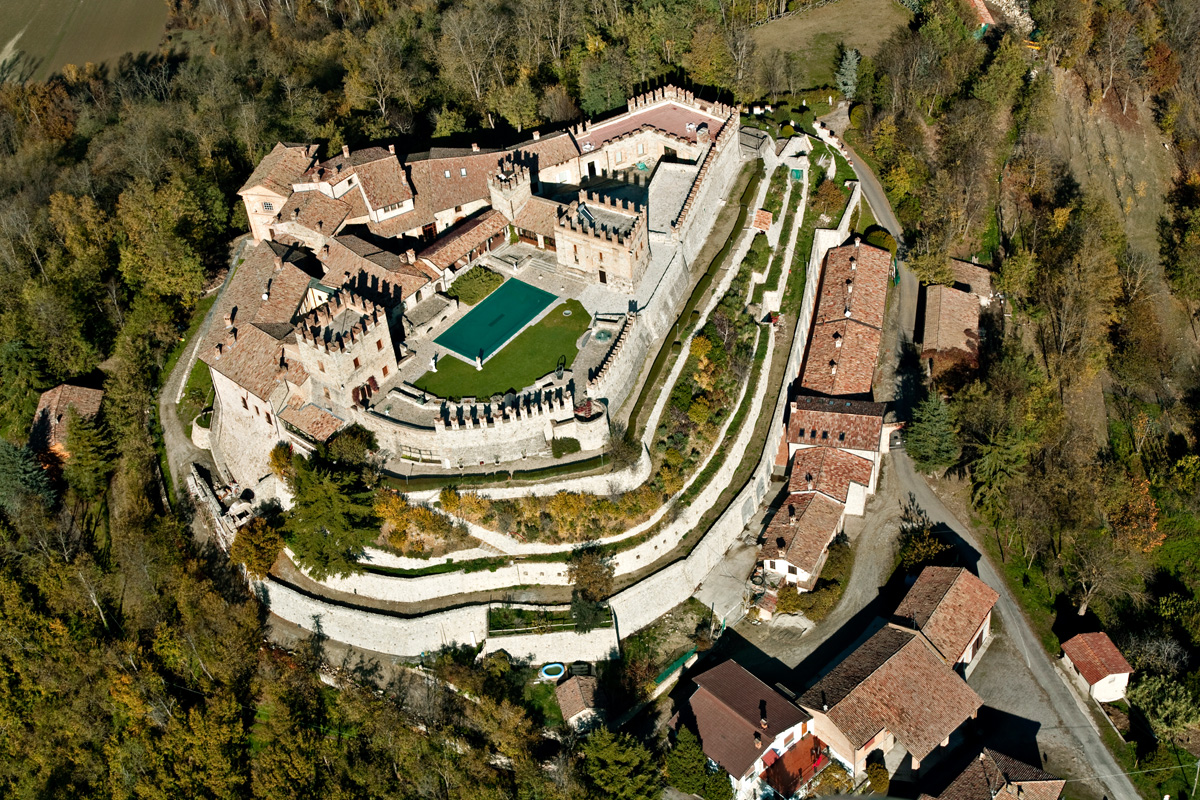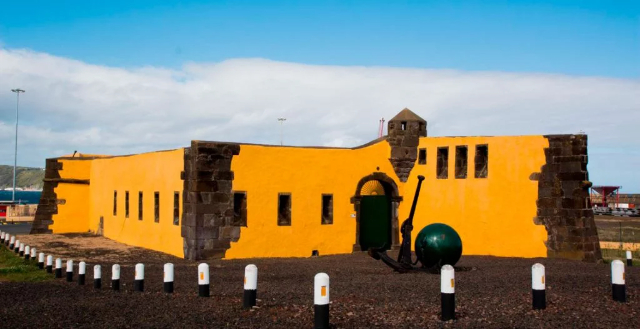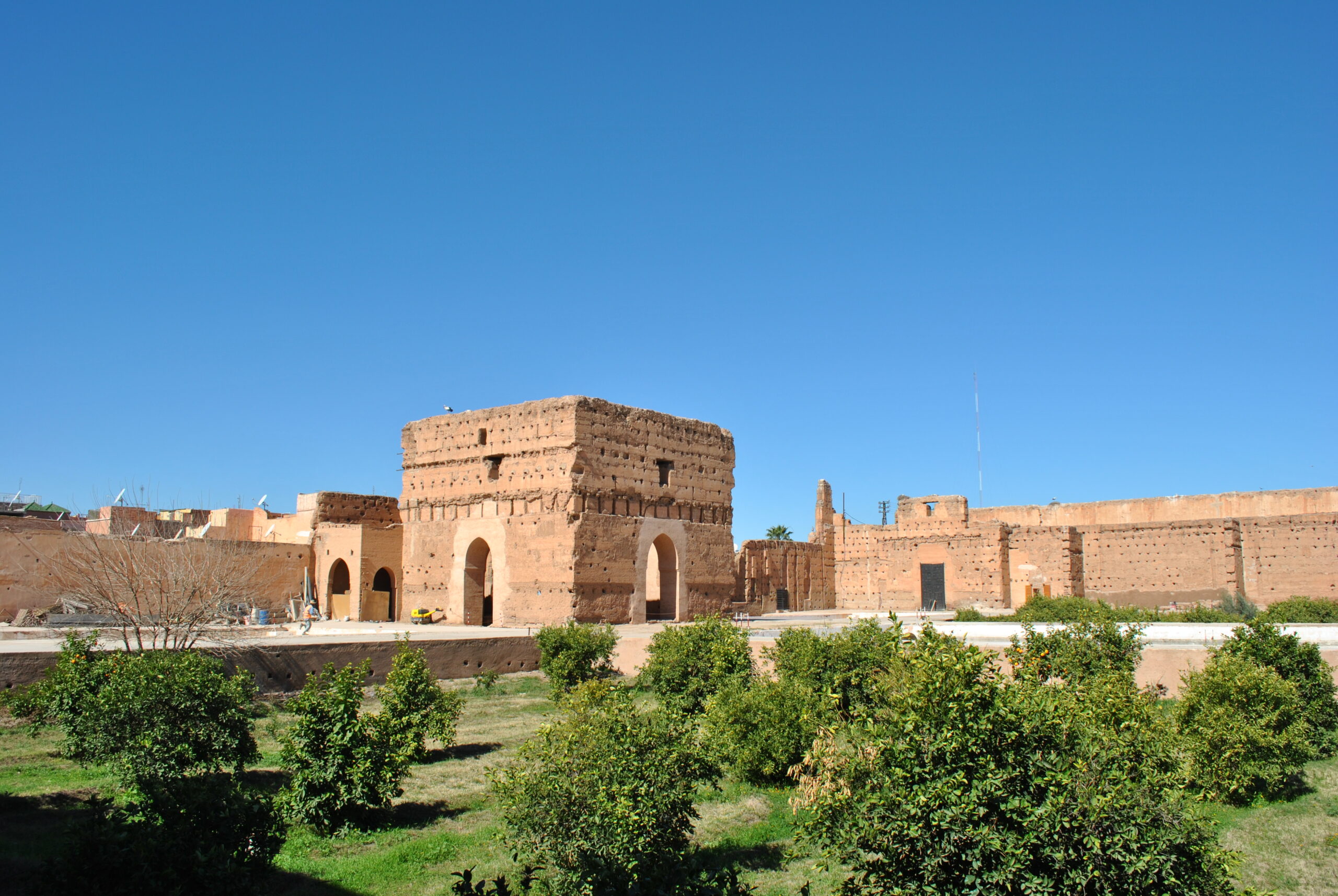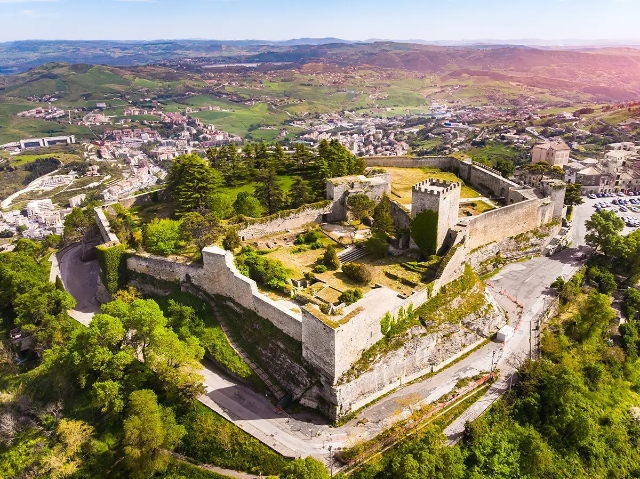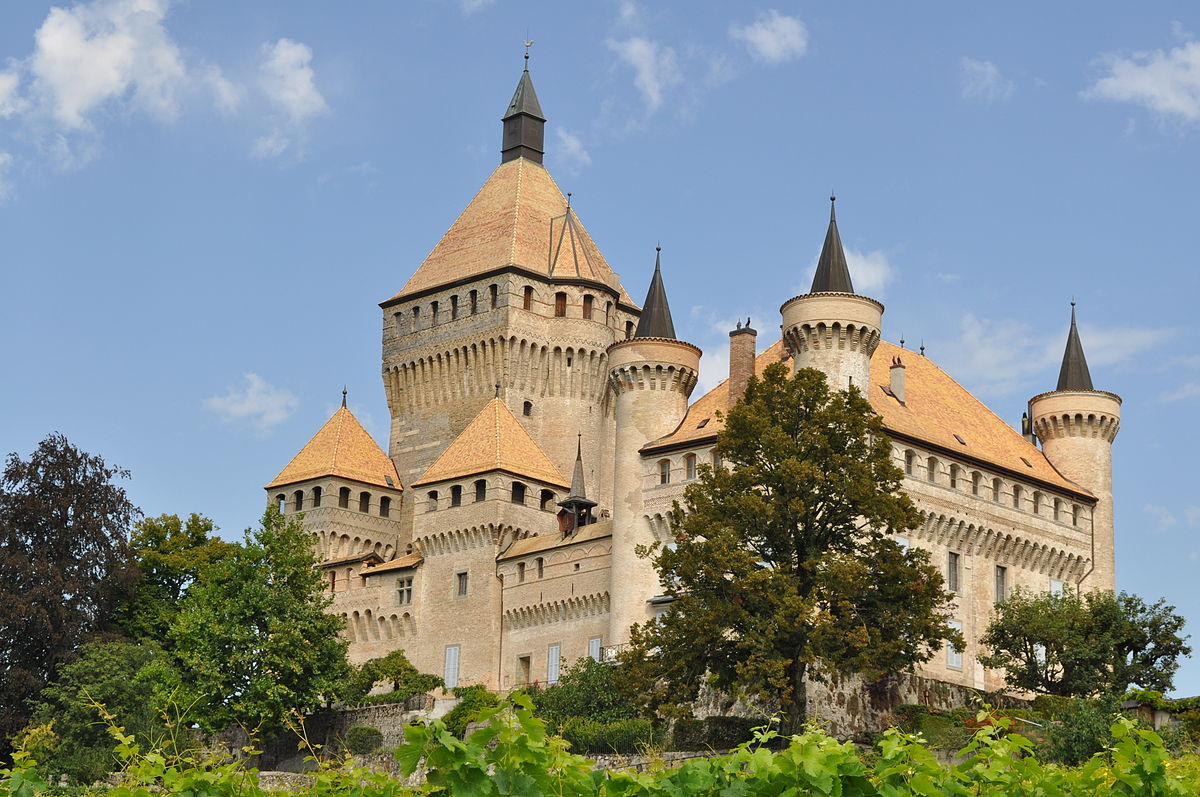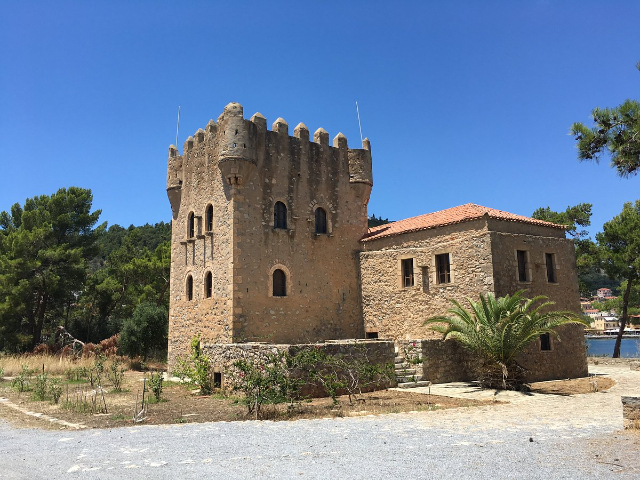India has its very own version of the Grand Canyon and it is just as beautiful as its American counterpart. If you want to witness this gorge, all you have to do is head to Gandikota in the Kadappa district of Andhra Pradesh. Owing to its strategic location, it was the seat of power of many ancient dynasties, ever since its discovery in 1123 by Kakatiya Raja, a subordinate of the then Chalukya ruler. The name can be broken into two parts – ‘gandi’ meaning canyon and ‘kota’ meaning fort. In fact, the entire village in the area is known by this name.
Spread over miles, the massive Gandikota fort was built in the 13th century. The fort, made in red sandstone, comprises gorgeous palaces with intricate carvings, perennial springs to irrigate the nearby vegetation, and a 5-mile perimeter wall guarding the fort. Located adjacent to each other, the remains of a Gandikota temple built in the same century and a mosque added years later set a great example of unity in diversity.
That many rulers of by-gone era vied with one another to control the fort shows the strategic importance of this fortified structure and no doubt various dynasties, such as the Kalyani Chalukyas, Pemmasani Nayakas, and the Golconda sultans competed among themselves to get it and and the fort remained a seat of power for these dynasties for a while. It was one Nayak ruler Pemmasani Ramalinga Nayaka had the preexisting weak fort further expanded and strengthened far more than 300 years ago to safeguard his kingdom against the invasion of Muslim rulers from the north as well as from the west. Gandikota was the capital of the Nayakas for more than three centuries. During spell of Muslim rule, some additional Islamic structures were added. The Nayak rulers, replaced the poorly structured fort and built a massive one with 101 towers, primarily to watch the enemy movements at a far off distance. The fort got the name from a big gorge formed by the Penna river (through erosional process) between the Erramala range of hills, called Gandikota hills. The inscription dates back to 16th century.
In 1123 AD, Kakatiya Raja of nearby Bommanapalle village under Ahavamalla Someswara I, Kalyani Chalukya ruler made the sand fort. Down the ages. during the Nayak rule, Pemmasani Timma Nayaka was defeated by Mir Jumla, military general of Qutb shahi dynasty and he became a feudatory ruler. The later ruler Abdul Nawab Khan. persecuted non-Muslim families who fled Gandikota from his atrocities. Subsequently, the region came under the East India company.
Inside the fort lie many structures, many of them are in ruins, The structures that get the attention of the people are the two Hindu temples dedicated to Mahahadeva (God Shiva) and Ranganatha (God Vishnu) – both are in ruins There is a big granary with vaulted roof, Jamia Masjid with two minarets. on either side ( well preserved), an important structure called the House of the Drum (drums were used to alert the army in case of invasion), the Charminar, Jail (where in the prisoners were held captive), Red Koneru (known as pond of Swords, Ii was in front of the mosque, where the warring soldiers (after war) used to wipe out the blood on their sword and would make the pond turn red, pigeon tower’ a magazine, etc. The other features are an old cannon, magazine, etc. There are big gardens here that are fed by natural springs
One can take a leisurely walk along the fort’s perimeter wall, stop by to watch the serene river, or even watch the fort transform into a play of colours at dusk. A trip to Gandikota is absolutely worth it if you wish to indulge in Gandikota fort’s history narrating the tale of an entirely different civilization that existed centuries ago!
